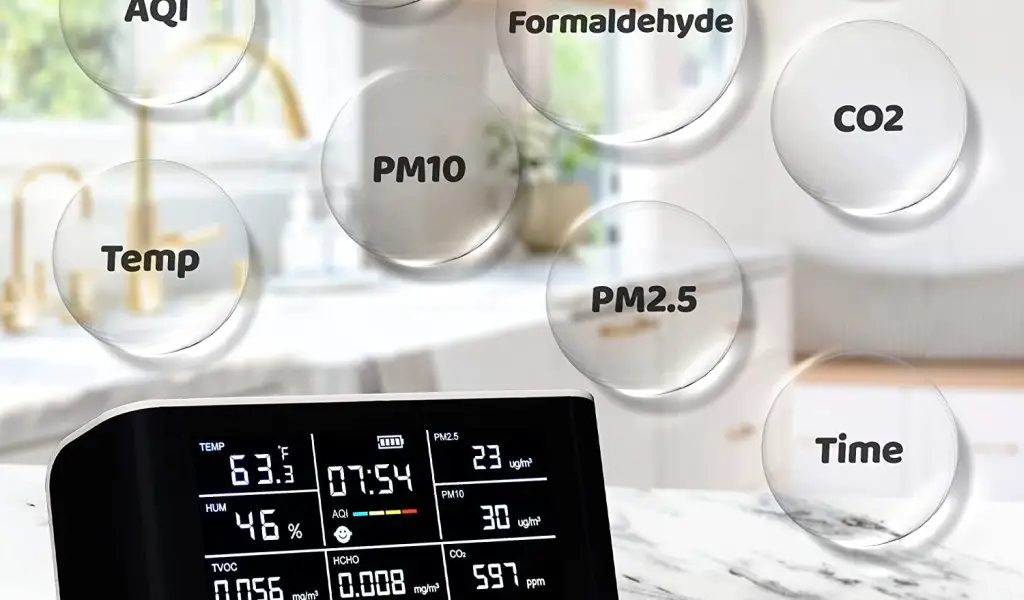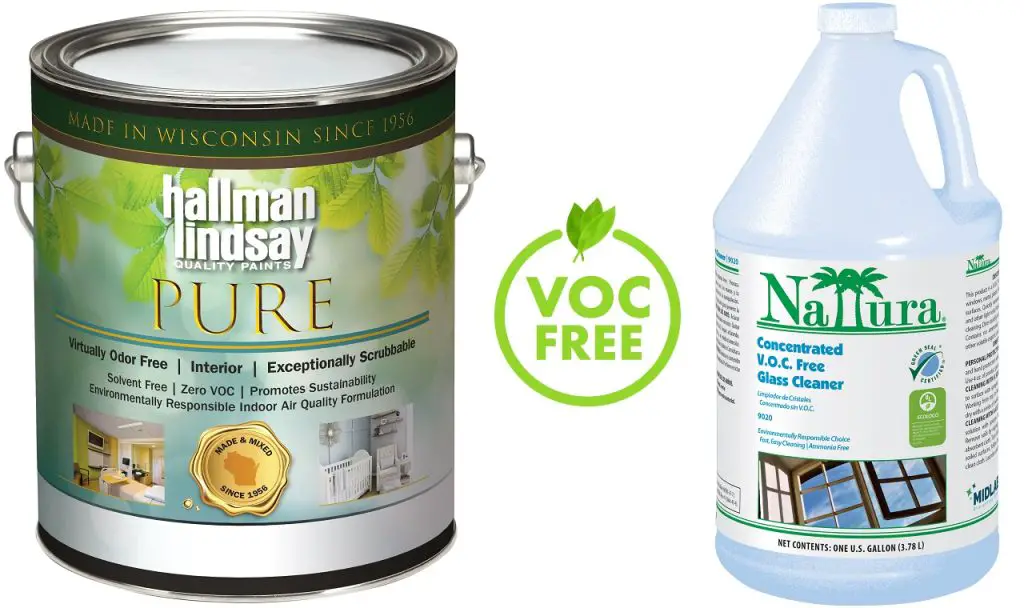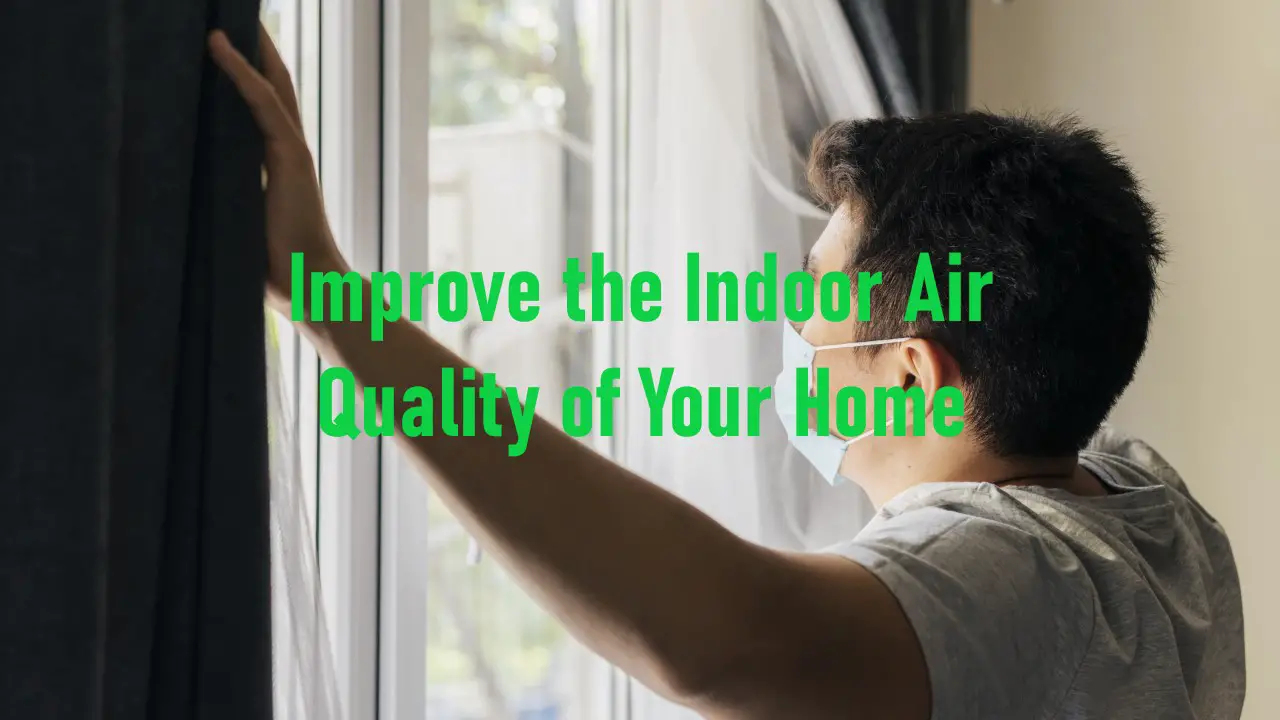Indoor air quality can have a significant impact on a person’s health and well-being. Poor indoor air quality can cause respiratory problems, headaches, and fatigue. It can also worsen existing conditions such as asthma and allergies. With people spending more time indoors, it is essential to improve the indoor air quality of homes.
There are several ways to improve the indoor air quality of a home. One of the most important steps is to control the sources of pollution. Common sources of indoor air pollution include tobacco smoke, cleaning chemicals, and mold. By reducing or eliminating these sources, the air quality in a home can be improved. Another step is to ensure adequate ventilation, which can help to remove pollutants from the air. Using supplemental air cleaning and filtration can also be beneficial.
Improving the indoor air quality of a home is a low-cost way to promote a healthy living environment. By following best practices, such as controlling pollution sources, ensuring adequate ventilation, and using air cleaning and filtration, people can improve the air quality in their homes and reduce the risk of health problems.
Page Contents
Sources of Indoor Air Pollution

Indoor air pollution can come from a variety of sources, including household products, building materials, and outdoor sources. In order to improve the indoor air quality of your home, it is important to understand where these pollutants come from and how to reduce them.
Household Products
Many household products can release harmful chemicals into the air, including cleaning supplies, air fresheners, and pesticides. These chemicals can cause respiratory problems, headaches, and other health issues. To reduce the amount of pollutants in your home, consider using natural cleaning products and avoiding the use of air fresheners and pesticides.
Building Materials
Building materials can also release harmful chemicals into the air, including asbestos, formaldehyde, and volatile organic compounds (VOCs). These chemicals can cause respiratory problems and other health issues. To reduce the amount of pollutants in your home, consider using building materials that are low in VOCs and avoiding products that contain asbestos.
Outdoor Sources
Outdoor sources can also contribute to indoor air pollution. Pollutants from cars, factories, and other sources can enter your home through open windows and doors. To reduce the amount of outdoor pollutants in your home, consider using air filters and keeping windows and doors closed during times of high outdoor pollution.
Other sources of indoor air pollution include mold, radon, dust, pet dander, dust mites, carbon monoxide, allergens, secondhand smoke, gas stoves, mold spores, and emissions. It is important to be aware of these sources and take steps to reduce their impact on your indoor air quality.

How to Test Your Home’s Air Quality
Testing your home’s air quality is an important step in improving indoor air quality. There are two main ways to test your home’s air quality: DIY testing and professional testing.
DIY Testing
DIY testing kits can be purchased online or at home improvement stores. These kits typically include a test strip or container that is left in the home for a period of time to collect air samples. The samples are then sent to a laboratory for analysis.
DIY testing kits are a cost-effective option for homeowners who want to test their air quality on a budget. However, it’s important to note that the accuracy of these tests can vary. Some tests may not be able to detect certain pollutants or may provide inaccurate results.
Professional Testing
Professional testing involves hiring a certified indoor air quality professional to conduct a comprehensive assessment of your home’s air quality. This type of testing can include a visual inspection of the home, air sampling, and laboratory analysis.
Professional testing is a more expensive option, but it provides a more accurate and comprehensive assessment of your home’s air quality. It’s especially important to consider professional testing if you suspect that your home may have high levels of pollutants, such as radon.
When it comes to testing for radon, it’s recommended that homeowners use professional testing services. Radon is a radioactive gas that is odorless and colorless, making it difficult to detect without specialized equipment. Professional radon testing services can provide accurate and reliable results.
Overall, testing your home’s air quality is an important step in ensuring a healthy indoor environment. Whether you choose to do DIY testing or hire a professional, it’s important to take action to address any issues that are identified.
Improving Indoor Air Quality

Improving indoor air quality is essential for maintaining a healthy home environment. There are several strategies that homeowners can use to improve the quality of the air in their homes. These strategies include ventilation and air flow, cleaning and maintenance, and air purifiers and filters.
Ventilation and Air Flow
One of the most effective ways to improve indoor air quality is to increase the ventilation and air flow in the home. This can be achieved by opening windows and doors, using exhaust fans in the kitchen and bathroom, and using a whole-house fan to circulate air throughout the home. It is also important to ensure that the HVAC system is properly maintained and that the air filters are changed regularly.
Cleaning and Maintenance
Regular cleaning and maintenance of the home can also help to improve indoor air quality. This includes vacuuming carpets and upholstery, dusting surfaces, and washing bedding and curtains. It is also important to use cleaning products that are low in volatile organic compounds (VOCs) and to avoid using air fresheners and other scented products that can release harmful chemicals into the air.
Air Purifiers and Filters
Air purifiers and filters can also be used to improve indoor air quality. HEPA filters are particularly effective at removing particles such as dust, pollen, and pet dander from the air. It is important to choose an air purifier that is appropriate for the size of the room and to use it regularly to maintain clean air.
In addition to these strategies, homeowners should also monitor the humidity levels in their home and use a dehumidifier or air conditioning system to maintain a comfortable and healthy level of humidity. By implementing these strategies, homeowners can improve the indoor air quality of their homes and create a healthier living environment for themselves and their families.

Preventing Indoor Air Pollution
When it comes to improving indoor air quality, prevention is key. By taking steps to prevent indoor air pollution, homeowners can reduce the need for more intensive air cleaning methods. Here are a few ways to prevent indoor air pollution:
Choosing Safer Products
Many household products contain chemicals that can release harmful pollutants into the air. When shopping for household products, homeowners should look for products that are labeled as “low VOC” or “VOC-free.” VOCs, or volatile organic compounds, are chemicals that can be released into the air as gases from certain solids or liquids. By choosing products with lower VOC content, homeowners can reduce the amount of pollutants released into the air.
Proper Use and Storage of Chemicals
When using household chemicals, homeowners should follow the manufacturer’s instructions carefully. This includes using the chemicals in a well-ventilated area, wearing protective gear if necessary, and storing the chemicals in a safe place away from children and pets. Proper use and storage of chemicals can help prevent accidental exposure to harmful pollutants.
Maintaining a Healthy Home Environment
Maintaining a healthy home environment is another important way to prevent indoor air pollution. This includes taking steps to control humidity levels, such as using a humidifier or dehumidifier as needed. Homeowners should also take steps to reduce the amount of dust and other allergens in the air by vacuuming regularly and using air filters. In addition, homeowners should make sure that their heating and cooling systems are maintained properly to prevent IAQ problems.
By taking these steps to prevent indoor air pollution, homeowners can improve the overall quality of the air in their homes. This can help reduce the risk of respiratory problems, allergies, and other health issues.

Conclusion
Improving the indoor air quality of a home is an important step towards maintaining a healthy living environment. By following the strategies outlined in this article, individuals can reduce the risk of health concerns related to indoor air quality.
Source control is usually the most effective way to improve indoor air quality. Eliminating individual sources of pollution or reducing their emissions can significantly improve the air quality. For example, individuals can switch to low-VOC paints, lacquers, and varnishes, and avoid using pesticides indoors.
Air cleaners can also be used to improve indoor air quality. Air purifiers can remove indoor allergens, virus particles, and other pollutants from the air. When choosing an air purifier, individuals should look for a clean air delivery rate (CADR) that matches the size of their room.
Improving ventilation is another effective strategy for improving indoor air quality. Individuals can open windows and doors to allow fresh air into their homes. They can also use exhaust fans in bathrooms and kitchens to remove moisture and pollutants from the air.
Poor indoor air quality can lead to a variety of health problems, including asthma attacks, allergic reactions, fatigue, runny nose, skin rashes, and more. By taking steps to improve indoor air quality, individuals can reduce the risk of these health problems and create a healthier living environment.
In conclusion, improving indoor air quality is an important step towards maintaining a healthy home. By following the strategies outlined in this article, individuals can reduce the risk of health concerns related to indoor air quality and create a comfortable living environment.
Frequently Asked Questions
What are three basic strategies to improve indoor air quality?
According to the Environmental Protection Agency (EPA), there are three basic strategies to improve indoor air quality: controlling the sources of pollution, ensuring adequate ventilation, and using supplemental air cleaning and filtration. These strategies can help reduce the levels of indoor air pollutants, such as allergens, chemicals, and particles.
What are the symptoms of poor air quality in a house?
Poor indoor air quality can cause a variety of symptoms, such as coughing, sneezing, headaches, fatigue, dizziness, and irritation of the eyes, nose, and throat. These symptoms can be caused by various indoor air pollutants, such as mold, dust mites, pet dander, tobacco smoke, and volatile organic compounds (VOCs). If you or your family members experience these symptoms, it may be a sign of poor indoor air quality.
How to improve air quality in old house?
Improving air quality in an old house may require different strategies than in a newer home. Some steps that can help improve indoor air quality in an old house include:
- Sealing air leaks and adding insulation to reduce drafts and improve energy efficiency.
- Upgrading the heating, ventilation, and air conditioning (HVAC) system to ensure proper ventilation and filtration.
- Removing or replacing old carpets, which can harbor dust and allergens.
- Cleaning regularly to reduce the buildup of dust, mold, and other pollutants.
It is important to consult with a professional if you are unsure about the best way to improve indoor air quality in an old house.
